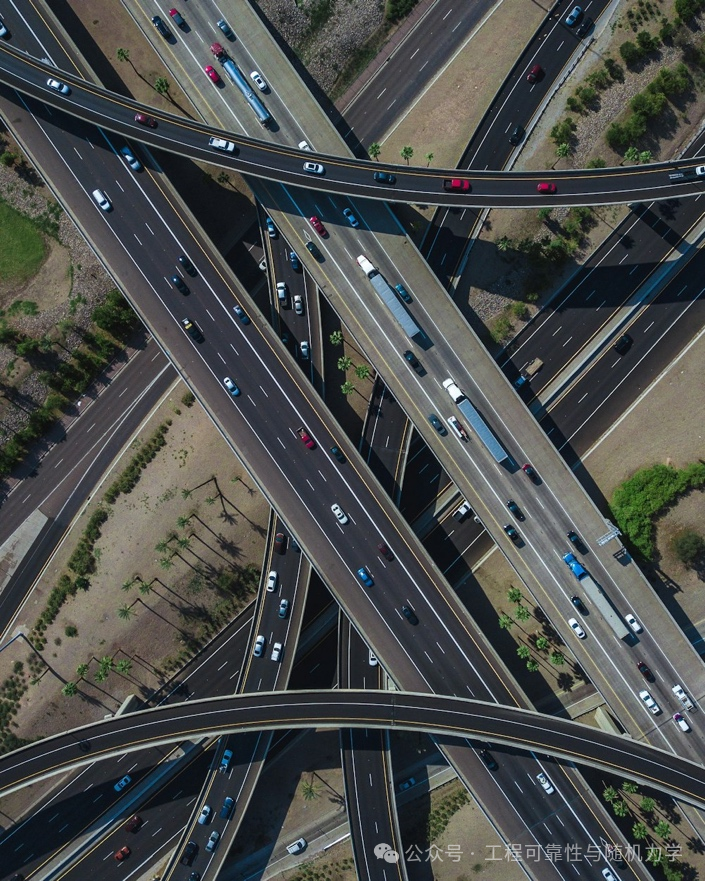JCERSM | 第 99 期学术讲座: 基础设施系统管理策略 | 主讲人: Mauricio Sánchez-Silva
发布时间:2025-07-18
浏览次数:10
工程可靠性与随机力学国际联合研究中心
2025年第7期(总第99期)学术报告
工程力学研究中心第53期学术报告
Policy-based management of infrastructure systems
Prof. Mauricio Sánchez-Silva
哥伦比亚安第斯大学教授
国际土木工程风险与可靠性学会 (CERRA) 主席团成员
2025年7月21日(周一)上午10:00-11:00
Infrastructure systems lose functionality continuously because of increasing demands imposed by extreme natural events and socioeconomic pressures. According to the World Risk Report 2016, inadequate infrastructure raises the frequency of losses to life and property, and the risk that extreme natural events might become disasters. The ASCE estimates that the United States alone faces a US$2.59 trillion shortfall in infrastructure needs in the next ten years. In addition, according to the OCED, the Global infrastructure investment needs in adaptation will be about $6.3 Trillion annually until 2050. In the context of rapidly increasing demands and limited resources, it is necessary to rethink how infrastructure is planned and executed. This task requires a new understanding of infrastructure as dynamic systems that i) are modeled as a process; ii) evolve continuously; iii) can change and adjust to new circumstances as they materialize; and iv) are interconnected with other systems and the social, economic, and environmental surroundings. This seminar presents the importance and benefits of looking at existing and new infrastructure as dynamic systems, with flexible features, that facilitate the efficient response to new and unplanned events as they unravel throughout their lifetime.

Professor Sánchez-Silva’s area of expertise is risk analysis and stochastic modeling to support the decision-making process in engineering under uncertain conditions. He works extensively on Probabilistic Risk Analysis (PRA), stochastic modeling, and approximate measures to estimate potential risks for infrastructure, network systems, and industrial facilities. Furthermore, he has experience estimating risk in complex problems under conditions where information is partial, incomplete, and difficult to quantify. Finally, he has been involved in projects where socioeconomic and environmental contexts play a significant role and, therefore, traditional risk modeling and engineering methods can only be applied partially. Some of his current areas of research include the design and management of infrastructure systems (structures and lifelines); stochastic modeling of deteriorating systems and structures; flexibility, adaptability, and resilience of infrastructure; Sustainable infrastructure management and decision-making for resource allocation and cost-effectiveness of investments in the design and operation of various types of facilities (webpage: Risk, Reliability & Sustainable Infrastructure).
All interested are welcome


